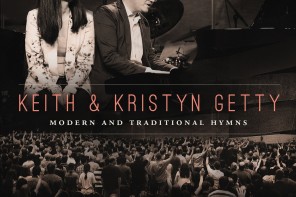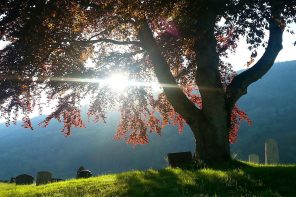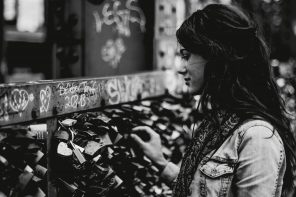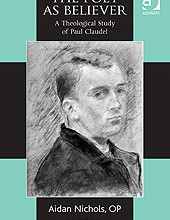Some questions loop throughout our days. ‘How are you doing? Where are you from? Where do you see yourself in the future?’ If you think about your answer or concern yourself with the nature of such questions too long, an endless cloud looms vast, threatening to suck you in. So, you are left with a general sensation of stickiness, like painting with sap. You try to cut and paste thoughts into ideas, ideas into sentences that might form some sort of an answer to the questions that surround you. But though these common words wear a thousand different faces across our days, the questions your answers leave behind remain.
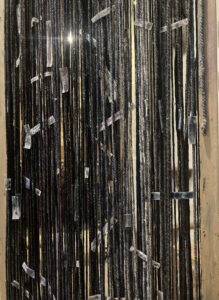 While contemplating the theme of the (a)void exhibition, I began by considering how the places we have been form not only the backdrop of our lives but remain a presence in our current lived experience. A month before beginning the piece, I visited an exhibition where the artist’s work revolved around tactile encounters, particularly with string. The idea of using string to create a canvas stuck with me. When no other suggestions came to mind, I ventured into this piece knowing some details of the final product would be worked out along the way, but how difficult could string be?
While contemplating the theme of the (a)void exhibition, I began by considering how the places we have been form not only the backdrop of our lives but remain a presence in our current lived experience. A month before beginning the piece, I visited an exhibition where the artist’s work revolved around tactile encounters, particularly with string. The idea of using string to create a canvas stuck with me. When no other suggestions came to mind, I ventured into this piece knowing some details of the final product would be worked out along the way, but how difficult could string be?
Amid fingers hardened by glue and prayers to solve the complex experimentation of fitting string through minuscule holes, I discovered an unrulier process than previously anticipated. The intention of painting an image on an already complete string canvas fell swiftly away. Rolling paint and string between my fingertips, I would create in batches. Then looping them through slowly into the frame would create a rippling of colour I could not control or entirely predict. Forebodings of string exhaustion by the end of the work appeared, any hopes of touching string again for knitting or other purposes would be lost.
But the string had a surprisingly different effect on me. Throughout my day, whether sitting in seminars or working through an idea, I would find myself puzzling over the picture of how to pierce impossible holes with string or alternative methods for how to loop more string than ever before without full discombobulation ensuing. Besides the possibility that this distraction is a rather anticlimactic example of how exciting my life has become, I felt drawn to a ritual that was satisfying in its simplicity. Returning to string became a processing of thought. Confusion and its knots over time lessened but were not the impossibility they had been before.
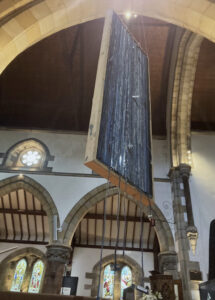 When not weaving string I found in writing, as well as in the dust of my days, that discovering my capacity for limitations is my primary inexhaustibility. In conversations with friends or chats with strangers, I kept fingering the same thread. In the stories I tell, what parts will I share and what words will be left out? Clothed in half-truths, not a lie but all the things I didn’t have the space to pack into our conversation. While expressing a thought that arrives in the moment, I pair it with an idea plucked from last week. I offer words like trying to wear the right number of layers in the moodiness of Scotland’s weather. Are my words blank gestures, these sentences pieced together a void or fullness?
When not weaving string I found in writing, as well as in the dust of my days, that discovering my capacity for limitations is my primary inexhaustibility. In conversations with friends or chats with strangers, I kept fingering the same thread. In the stories I tell, what parts will I share and what words will be left out? Clothed in half-truths, not a lie but all the things I didn’t have the space to pack into our conversation. While expressing a thought that arrives in the moment, I pair it with an idea plucked from last week. I offer words like trying to wear the right number of layers in the moodiness of Scotland’s weather. Are my words blank gestures, these sentences pieced together a void or fullness?
Spheres cross undetected as questions are asked from the background of the unseen personal, being that which we do not have the time or the appropriate setting to mention. But it bleeds through, with hands of flesh there may be no other way. The unsaid may filter our words as much as the unseen colours our days.
Within the wooden frame, the piece is composed of three dimensions which can be approached from either direction with no point of genesis. The unsaid string is thicker with words splattered and woven. The middle is empty, except for a single gold thread that can hardly be glimpsed. Then there is the said, where the string is thinner and brighter, words fall unevenly and spill out of the frame.
Whether numbering days or measuring word counts, it is a strange task taken up whenever you step out from your roof and train your eye to the skies. Adjusting to the unfolding dark, voids begin warping. There is more than can be seen. Standing still long enough, the sky trumpets. But in the resounding shadows of lights ahead you are still learning to follow, any echo you have to offer is pale. In a full sky, the writing you poured into, dusty days, the words you choose are a tracing of three dim dots in a nebulous corner. To constellate is a gift received with sticky fingers, a void in knowing all there is that you will never lay hold of and yet fullness swirls unseen and unsaid. You can grimace, that anything said is but a distortion of a fuller image you do not have the time or capacity to paint. Or you weave.
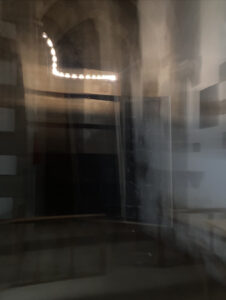 In an Ash Wednesday service some years ago, the words were spoken, ‘In the dust of our fingertips galaxies swirl’.1
In an Ash Wednesday service some years ago, the words were spoken, ‘In the dust of our fingertips galaxies swirl’.1
Light fell over our shoulders from the tall window. In the dimness he paused.
Turn and see this glowing stain behind you.
We sat in silence.
For all those still gathering the threads of more than they know how to hold and yet stringing words together, weighing the presence of the unsaid may be a peculiar glory, clouds hanging heavy and low.


